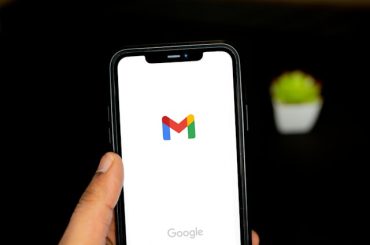Push and pull strategies are two different approaches to marketing and refer to how a company promotes and distributes its products to its target audience.
In summary, push strategies focus on the distribution channel and on encouraging intermediaries to stock and sell the product. In contrast, pull strategies focus on creating consumer demand and encouraging them to request the product from intermediaries. Let’s understand each strategy in detail.
Push strategy in Marketing
A push strategy is when a company promotes its products to intermediaries, such as wholesalers or retailers, to get them to push the products to their customers. This approach relies on sales teams, advertising, promotions, and other tactics to encourage intermediaries to stock and sell the company’s products.
A push strategy in marketing is a promotional strategy that involves “pushing” a product or service to the target audience through various marketing and advertising channels. The idea is to create demand for the product among the intermediaries, which will then create demand among their customers.
The push strategy is often used in industries with critical distribution channels, such as consumer packaged goods, where the manufacturer must convince retailers to stock their products. It can also be used to promote seasonal products or services with a short shelf-life.
In a push strategy, the company builds relationships with intermediaries, such as wholesalers and retailers. It uses promotions, discounts, and other incentives to encourage them to promote and sell the product or service. The company may also provide training and support to these intermediaries to ensure they have the necessary knowledge and skills to sell the product effectively.
A push strategy aims to create demand for the product or service by ensuring that it is available and visible in the marketplace. By using a push strategy, the company can control the distribution and sales of the product, as well as the marketing messages that are communicated to the end consumer.
The push strategy in marketing is a method where a business promotes its products or services to
Here are some examples of the push strategy in marketing:
- Trade shows: Companies often attend trade shows to showcase their products to potential retailers and distributors. These events allow businesses to meet with potential buyers, provide product samples, and negotiate terms of sale.
- Personal selling: Companies may use salespeople to directly promote their products to retailers and distributors. Salespeople may provide product demonstrations, answer questions, and offer special promotions or discounts to encourage retailers and distributors to purchase their products.
- Trade promotions: Businesses may offer special incentives to retailers and distributors, such as discounts, free merchandise, or extended credit terms, to encourage them to purchase their products.
- Advertising to wholesalers and distributors: Companies may run ads in trade publications or send direct mailings to wholesalers and distributors to promote their products and encourage them to carry their products in their stores.
- Sponsorship: Businesses may sponsor popular events or sports teams with their target retailers and distributors to increase brand awareness and encourage these intermediaries to carry their products.
Pull strategy in Marketing
In marketing, a pull strategy is a promotional approach to create consumer demand for a product or service. A pull strategy aims to attract consumers toward a product rather than push it toward them through aggressive advertising or sales tactics.
In a pull strategy, marketers create brand awareness and promote the product or service’s benefits to the target audience. They may use advertising, social media, content, and influencer marketing tactics to reach their target audience and build interest in the product.
A pull strategy aims to create demand for the product so that customers seek it out and pull it through the distribution channels. By generating interest and demand, companies can create a more organic and sustainable market for their products instead of relying solely on push strategies such as aggressive advertising and discounts.
Here are some examples of pull strategy in marketing:
- Advertising: Companies use various types of advertising like television, radio, print, and online ads to create awareness about their products or services.
- Social media marketing: Companies use social media platforms like Facebook, Twitter, and Instagram to create awareness about their brand and engage with their target audience.
- Content marketing: Companies create valuable and informative content like blog posts, videos, and e-books to attract potential customers to their websites and build brand authority.
- Search engine optimization (SEO): Companies optimize their website and content for search engines like Google to improve their visibility and attract more organic traffic.
- Influencer marketing: Companies collaborate with social media influencers with a large following to promote their products or services to their audience.
- Public relations: Companies use public relations strategies to create a positive image and reputation for their brand, which can attract potential customers











